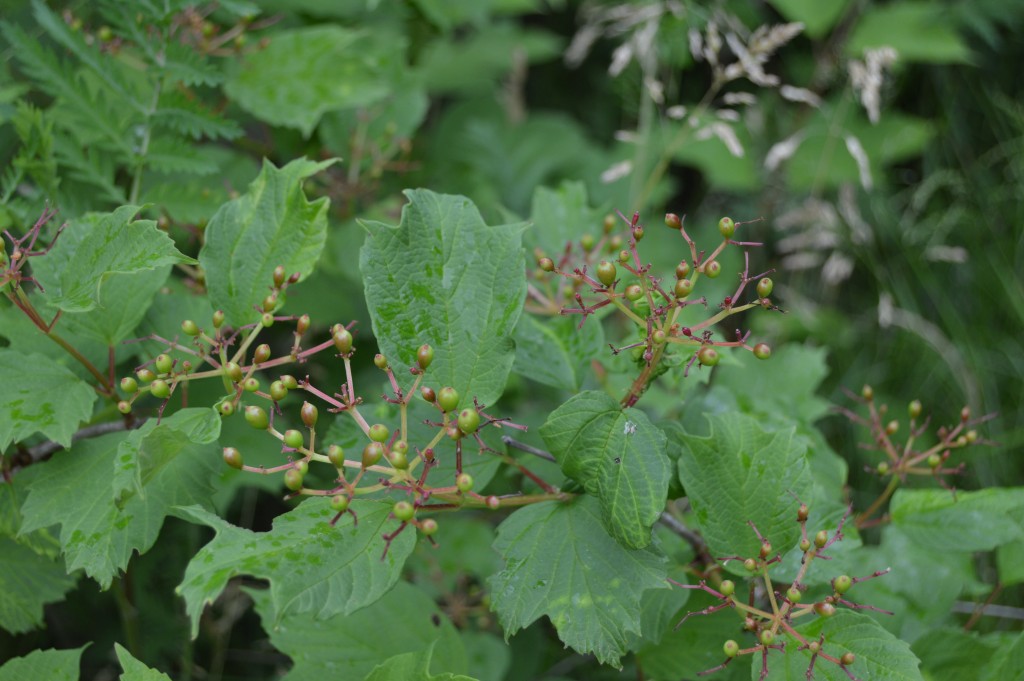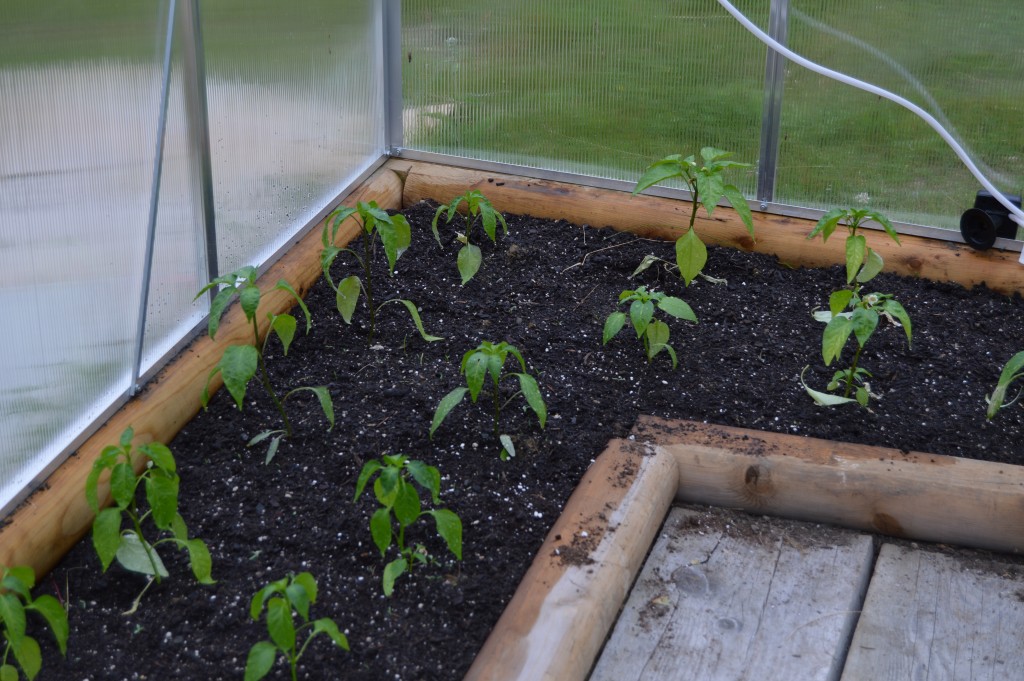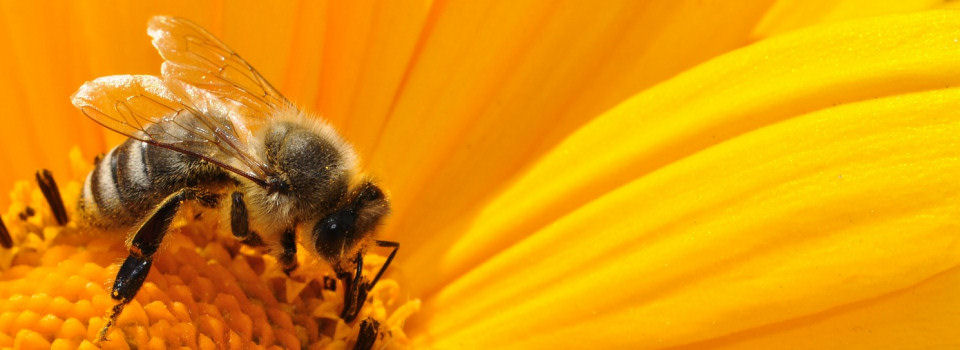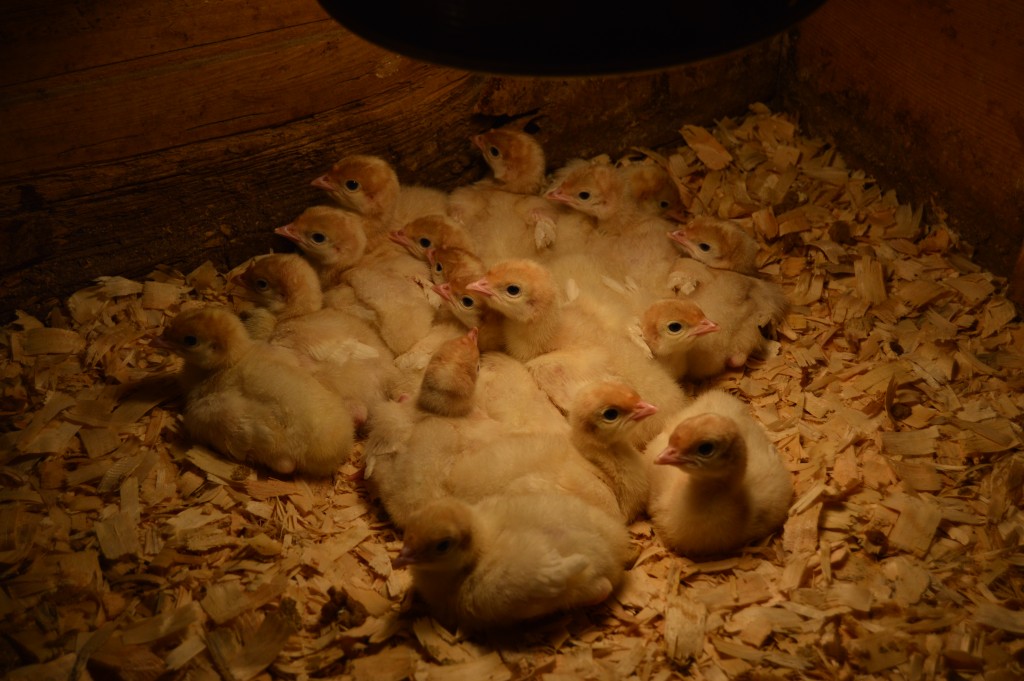
There are so many advantages to having perennials as part of your plantings. We have many different perennials as part of our yard and homestead.
The majority of what we grow are either a food or medicinal source. Although I am still studying and learning about the medicinals I have planted elderberry because everything I have read says it is an amazing plant. Even if you are not sure just what you are going to do with a medicinal perennial, if you are interested get it planted. It takes a few seasons for most perennials to get fully established so that you have a harvest so the sooner you get them planted the sooner you will have fruit.
Not only do we plant for fruit and medicine we also plant for pollinators. It is important to attract butterflies, bees, and other pollinators to your home and garden. When the lilac blooms in spring there are many insects that flock to it including the swallowtail butterfly you see in the picture above. This one is planted right next to our screened porch and the fragrance is so enjoyable when we can begin to sit outside in the warmer weather.
Our front yard, if you want to call it that, is fenced in to help protect the bee hives. It is a fairly small area but it is packed with perennials. It measures around 90 by 40 feet inside the fence. It contains our two bee hives and a 6 by 8 foot greenhouse. The north side of the yard is made up of the side of the house and the screened porch. Along the east side is another fenced area that is the yard for our dogs. Planted along that fence are raspberries. They do a great job of covering up the wire fence. There are only about 8 plants but it is enough for us to enjoy fresh berries during the summer. I also use the berries to flavor my kombucha.

In a raised bed in front of the screened porch I have planted four highbush cranberries. This will be the first year that we get a harvest. It may not be much but it will be fun to cook with then. I'm thinking about a cranberry apple pie in the fall, yum. Cranberries are very good for you also with lots of antioxidants and vitamin C.

Along the house on the north side of the yard facing south is my herb garden. It has been pretty much over run with oregano that was planted more than 15 years ago in the corner. So far I have managed to keep it at bay from a section where I have planted dill, cilantro, lemon balm, thyme, chives, cat mint and several others. I buried tires and planted the mint family members in those hoping to keep them in check. At the north west corner against the fence and house is my grapevine. This has been planted for at least 10 years but was just left to go where it wanted without any kind of support until we put the yard fence up. At that time, a couple of years ago, I put up the trellis wire on the house to encourage it to climb up those. It has also climbed down the west side fence. It is very attractive and the chickens hang out on the outside of the fence under the leaves in the shade.

Further down the west fence are planted elderberry, Naking cherries and June berries. These plants are just getting established with this being only their second or third summer. I'm still researching the various uses for these plants.

Along the south fence is our blueberry patch. We have 6 highbush plants in a planting bed. We save our coffee grounds and spread them on the bead every few months. From the look of the plants it is going to be another great blueberry harvest this year. Next to the blueberries are the two bee hives.

Now the center of this oasis. There are four planting beds outlined with rocks in the center of the yard. Two have strawberries in them and two have asparagus. The first bed to go in was one of the asparagus. It was planted around 6 years ago before the yard was fenced. Since then I have planted a second bed just because we love it both steamed and raw in salads.
The other two beds are for strawberries. Unfortunately one of the beds got over run by weeds which killed the strawberries. I have since weeded that bed, put in weed block fabric and planted more strawberries but they did not grow. I will mulch this bed for the rest of the season and begin again next year with new strawberries.
My second bed has become a bit weedy also but I'm working on getting them out of there before they choke out my other strawberries. These plants are putting on berries and I'm going to be able to pick some very soon.

The small greenhouse is directly north of the strawberry and asparagus beds with a walkway from the screened porch to the gate north of that. I have finally gotten the greenhouse planted with peppers and ground cherries. I'm hoping that the little extra heat in the green house will be enough that I can finally harvest some peppers this year. I have both sweet and hot peppers planted and have the door and vents open so as not to overheat the space. I am watering everyday since the extra heat seems to dry out the soil quickly and I really want these plants to do well.

In the corner between the house and screened porch I have a Witch Hazel tree that has been there since the mid 1990s. It was one of the first perennials planted after the small addition on the house was finished. The tiny flowers that you can harvest in the fall have many uses. You can make a astringent from the leaves and bark too.
Finally, back to the pollinator attractors. In amongst all the edible perennials are some perennial flowers. Besides lilac there are also three peonies, a bed of dianthus of various colors, which my husband loves, and climbing lonicera, a variety of a honeysuckle. The lonicera climbs up the west side of the screened porch to help shade the area.
Most perennials require little care once they are planted and established. Some, like the dianthus, peonies, herbs and strawberries die all the way back in the winter and spring up from the ground in the spring. Others, like the cranberries, blueberries and elderberries, their leaves change colors and fall with the season and you have beautiful stem structures throughout the winter.
Please consider adding perennials to your yard whether is be in the city or country. There is nothing better than enjoying and harvesting year after year.
Blessings,
Merrie



























